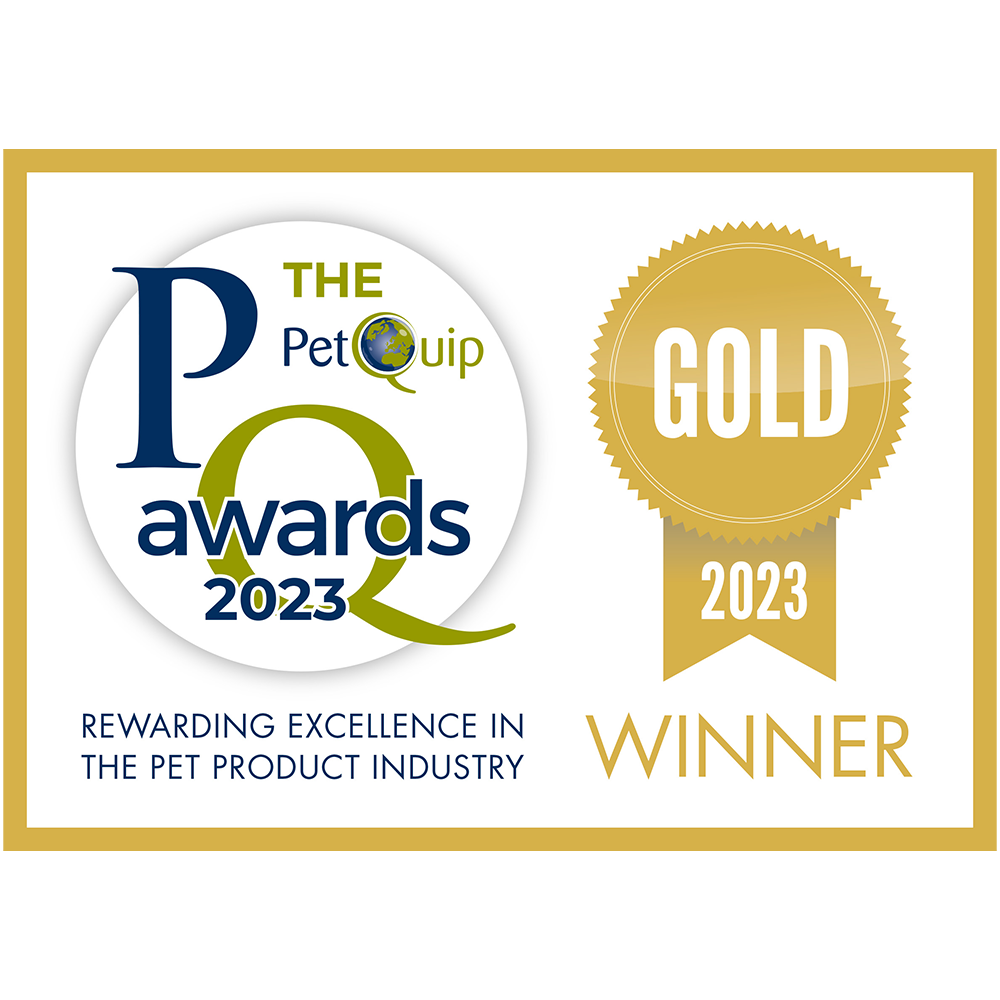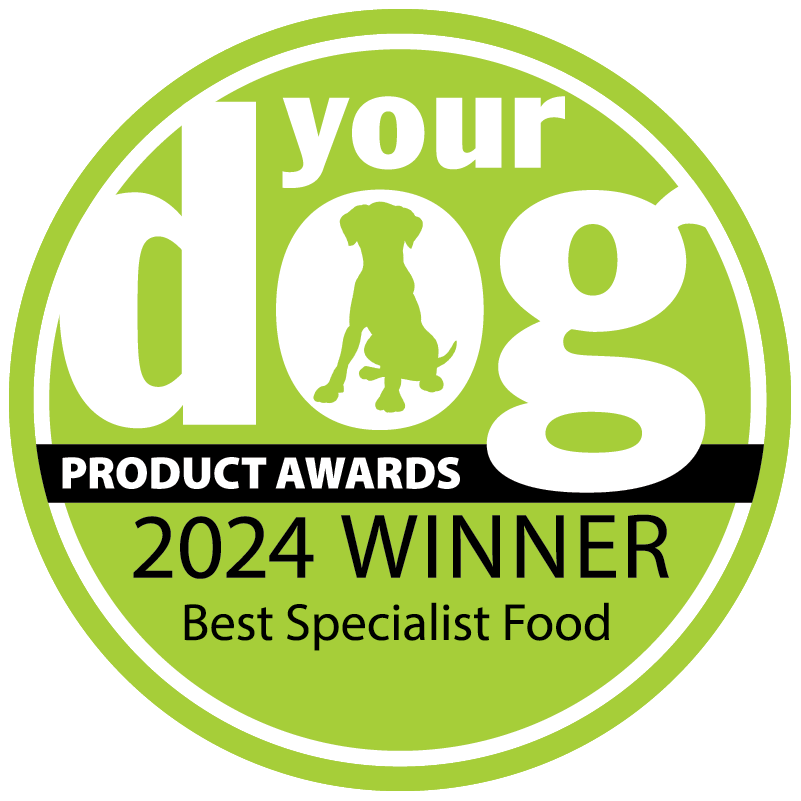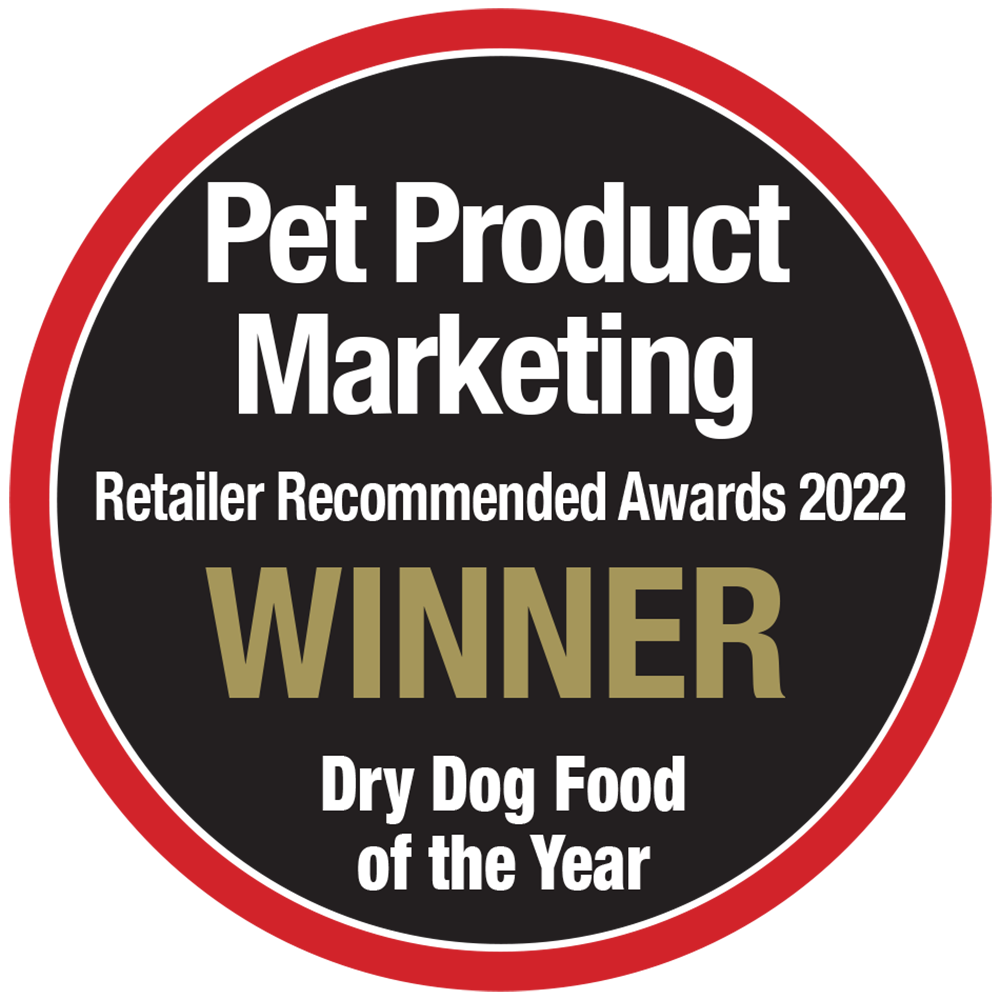
John Burns Chews the Fat
You get what you pay for, or do you?
Surgeon, John Burns, dissect common ingredients in pet food and what they really mean.
During the NAWT Webinar early in November I was asked the question, “With pet food, is it true that you get what you pay for? My answer was, “Yes, but only up to a point.”
The prime consideration for a pet food must be the effect that it has on the health of the pet which eats it. That of course is the main aim of Burns – to provide optimum health benefits. At the beginning of 2017 I looked at the daily feeding cost of around 1000 dog foods. Burns came in the bottom 25%! That is, 75% of dog food cost more than Burns. The majority of foods which were cheaper to feed than Burns were “supermarket” type foods – supermarket being another way of saying “low quality.”
Looking on a different website which claims expertise on pet nutrition I came across a dog food which has a rating of 94% for nutrition value whereas Burns (not sold by this site) rates 48%.
I looked at this particular dog food which costs £90 (yes £90!) for a 10 kg bag. A 15kg bag, if available, would cost £135. Using the company’s own figures, the feeding cost for a 20kg dog would be about £2.50 per day (compared to 73p per day for Burns).
The headline-grabbing main ingredient of this food was whole free-range chicken which has to be desirable. This almost certainly would be spent egg layers carrying very little muscle rather than plump table birds as shown on the website. Looking down the ingredient list, I found among the main ingredients sweet potato, tapioca, vegetable fibres, pea protein. Among the minor ingredients we have 0.01% each green lipped mussel, dried carrot, cranberries.
I looked at the possibility of using free range chicken for Burns dry foods some years ago but decided it wasn’t feasible. The amount needed wouldn’t be available.
Now, of course we do use free-range chicken in the Penlan Range and it’s organic too. Bearing in mind that whole chicken has about 65% water whereas the finished dry food has only 8% water and doing some maths (stay with me) I concluded that the whole chicken in this particular pet food (50% listed) was insufficient to meet the listed 22% protein in the finished product. *See right page: pea protein.
Sweet potato
Sweet potato sounds good but the sweet potato in pet foods is not usually the flesh of the pulp which humans consume. It’s much more likely to be the fibrous husk which is a bi-product of the human food chain, produced in China, in a dried pellet form. Not quite what one might be looking for in a high-end pet food.
Tapioca
“Tapioca predominantly consists of carbohydrates…It is low in saturated fat, protein and sodium.[5] It has no significant essential vitamins or dietary minerals.[5] One serving of tapioca pudding contains no dietary fiber, a small amount of oleic acid, and no omega-3 or omega-6 fatty acids”.
So, tapioca contains starch but not much else, whereas other carbohydrate sources such as whole grains contain vitamins, minerals, fibre and essential fats.
Vegetable fibres
Vegetable fibres? What can that be? Why add fibres when there is fibre in other vegetable ingredients including sweet potato or peas?
Pea protein
Nothing particularly wrong with using pea protein; I’ve done it myself to get the required protein level while controlling the mineral content in puppy food. As I mentioned earlier, the amount of chicken doesn’t meet the need for protein so pea protein has been included to make up for that.
Green-lipped mussel, dried carrot, cranberries
Again this looks impressive in an expensive pet food. But the listing for each of these ingredients is 0.01% of the total! That means one hundredth of a gramme in 100 grammes of finished food, in other words a trace! Enough to put it on the bag but not enough to be meaningful.
The self-proclaimed experts have given this food a top billing for nutritional value. Will it deliver similar health benefits to Burns? In my view the ingredient selection doesn’t come close to Burns and it certainly has a hefty price tag with a feeding cost of three and a half times Burns food.
Why have I highlighted this? As I said at the beginning, the best pet food is not necessarily the most expensive. Secondly, the pet food industry is plagued by so-called experts (not me of course).
Thirdly, the unwary consumer who lacks specialist knowledge can be easily misled by unrealistic claims which can be hidden by hype. Fourthly, some manufacturers make misleading allegations about my food and what I stand for. For example, I quote from another pet food website,
“The vast majority of dry pet foods contain grains such as wheat, corn or barley. Grains in dog foods have been linked to allergies including skin conditions and stomach upsets but, due to the fact that grains are cheap and ‘bulky’, dog food manufacturers continue to use them. We believe that it is important to feed dogs foods which best suit their digestive make up and which are most likely to keep them strong, supple and active.
We put our emphasis on canine health above cost and ease of production. For this reason our recipes never have and never will contain grain of any kind.” As Daniel Patrick Moynihan said, “Everyone is entitled to his opinion but not his own facts.” “The best pet food is not necessarily the most expensive.”







